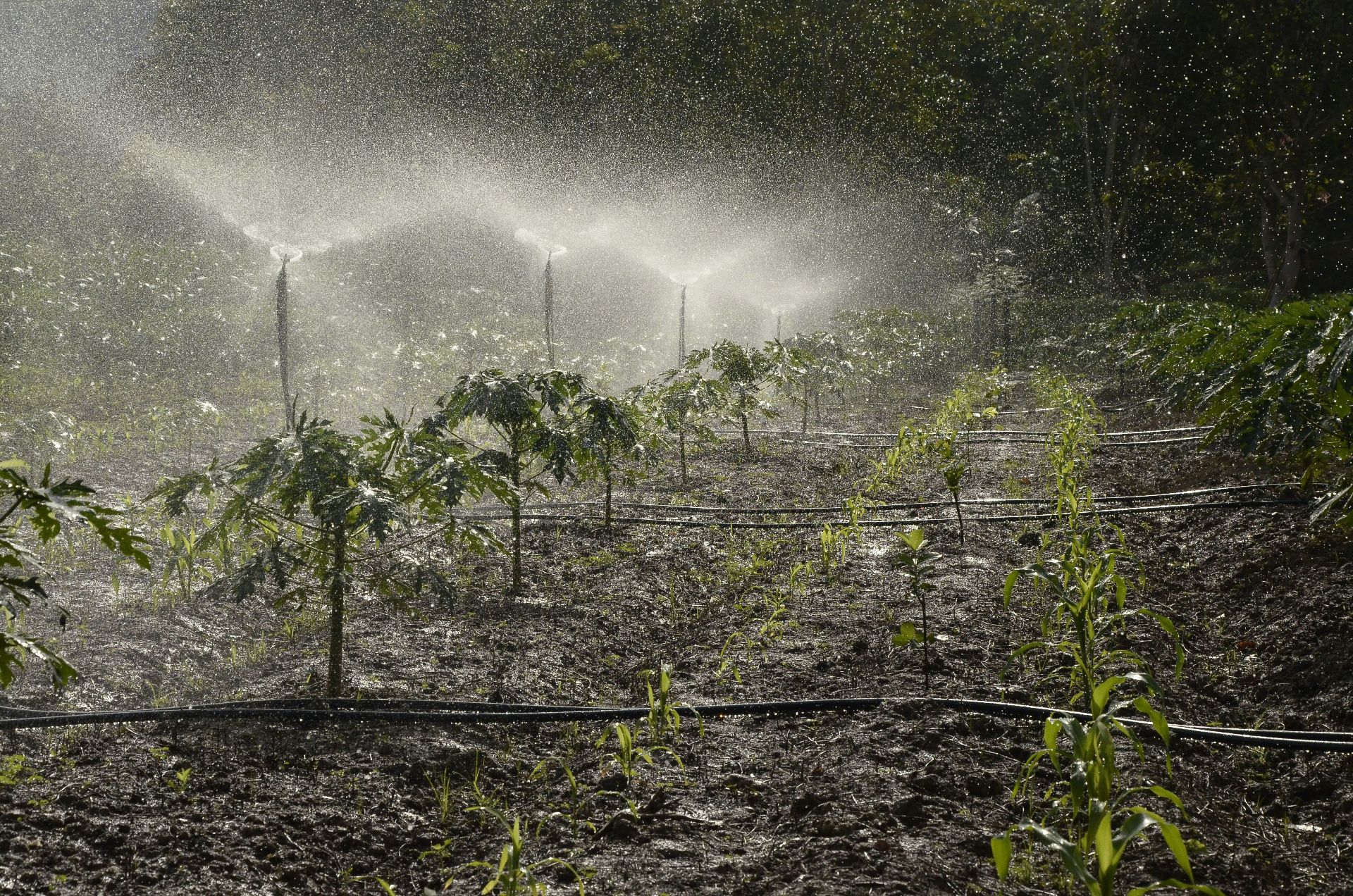Blog
Large-Scale Rainwater Tanks: Solution for Sustainable Water Management
Faced with increasingly frequent extreme weather events and rising water costs, farmers, businesses, and other institutions are beginning to recognize the importance of effective rainwater retention. Among the various solutions gaining popularity, large-scale rainwater tanks made of steel stand out as reliable tools for collecting and utilizing rainwater. Spanning various sectors from agriculture to industry, these tanks are becoming a key element of sustainable water management, bringing benefits to both the environment and the bottom line.
Looking for the right rainwater tank or fire water tank? Contact us, and we'll provide expert advice and tank transportation.

Rainwater Tanks for Agriculture
For farmers, for whom access to water is crucial for crop success, rainwater tanks become invaluable tools. Collecting rainwater offers the opportunity to reduce costs associated with irrigation and farming. During drought periods when access to drinking water becomes limited or costly, rainwater stored in tanks can be a key survival element for many farms. The capacity of rainwater tanks is crucial here, as agriculture requires large amounts of water.
Application of Rainwater in Industry
In industries where water consumption is often significant, the use of rainwater tanks can bring significant savings. Companies can collect rainwater to use in production, sanitation, or cooling processes. This is not only a way to reduce operational costs but also to reduce the burden on public water systems and protect drinking water resources. With various types of rainwater tanks available (such as underground, aboveground, stainless steel tanks, vertical or horizontal), everyone can find a rainwater collection system tailored to their business profile.
Rainwater Collection in Residential Communities
Residential estates, housing communities, or industrial estates can also find many benefits in using rainwater tanks. Collective rainwater harvesting can contribute to the sustainable development of communities by ensuring stable access to drinking water, reducing vulnerability to drought, and improving the quality of groundwater and surface waters by reducing pollution. Efficient filling of the tank with rainwater is a solution that can be a key element of estate infrastructure, providing access to water for purposes such as watering lawns and plants, washing cars, facades, or construction purposes.

Resilient and Durable Underground and Aboveground Steel Tanks
Steel rainwater tanks are valued for their durability and resistance to various external factors. The steel construction allows them to withstand even the most extreme weather conditions, corrosion, and mechanical loads. This means that these tanks can serve for many years, maintaining their functionality and reliability.
Underground steel tanks for water storage are installed below ground level, making them an ideal solution in places where there is limited aboveground space. Their main advantage is discretion, as they are hidden underground, minimizing their impact on the surrounding landscape. Additionally, these tanks utilize the heat of the earth, which can help prevent water from freezing in winter. Underground tanks are also valued for their resistance to weather and mechanical loads. Their solid construction allows them to withstand high pressures, which is particularly important for installations in areas with high groundwater saturation.
Aboveground rainwater tanks are placed on the ground surface and constitute a distinct element of the landscape. Their main advantage is ease of access, both for installation and maintenance. Furthermore, due to their visibility, they are easily accessible for monitoring water levels and conducting inspections. Installing an aboveground rainwater tank is also relatively easy. The availability of various capacities and the possibility of adapting the construction to specific terrain conditions make them a versatile solution for many entities.

Purchasing a Used Rainwater Tank
Choosing a used rainwater tank can be a prudent financial step. Used tanks are often cheaper than new ones, allowing significant savings on the budget allocated for this purpose. Additionally, choosing a used tank is also an environmentally conscious choice, as it extends the product's life cycle and reduces waste.
In conclusion, large-scale rainwater tanks are a key element of sustainable water management for various sectors. Their durability, resistance, and the option of purchasing used tanks make them an attractive option both economically and environmentally. Buying a rainwater tank is not only a way to save money but also to protect the environment and promote sustainable community development.